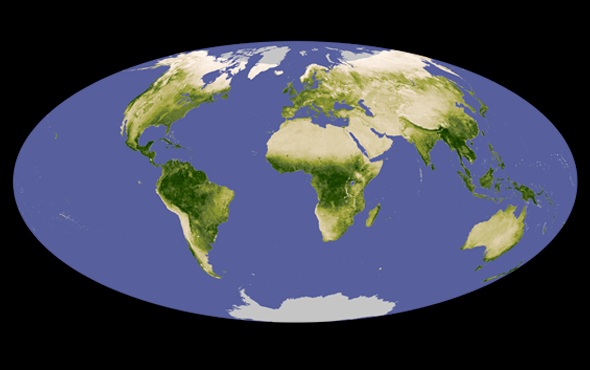U.S.
Scientists discovered strange DNA strands, which they dubbed “Borgs,” buried in California mud. The strands are not technically alive and are made of genes scavenged from microbes. These chains—the longest extrachromosomal genetic material ever found—most likely enter single-celled archaea and help them break down methane.
CANADA
Spongelike fossils found in 890-million-year-old reefs near Canada's northwestern coast might record the earliest-known animal. The ancient specimens bore branching tubes that resemble the skeletons of modern organisms used to make commercial bath sponges.
SPAIN
Though it has no ears, Neptune grass—an ecologically critical species in the Mediterranean—is sensitive to noise pollution. Researchers found that exposing the seagrass to artificial noise for two hours damaged elements of the plant required for energy storage and gravity detection.
DENMARK
Examination of the “bog body” Tollund Man's stomach reveals his last meal: mixed-grain porridge and fish. Along with his corpse, the meal was pristinely mummified after he was strangled and thrown into a peat bog around 350 B.C.
KENYA
Researchers suspect illegal fishing is behind a mass die-off of sea turtles on Kenya's central coast. The COVID pandemic has curbed monitoring in the area, leaving shallow waters that are home to young turtles vulnerable to trawlers.
TAHITI
Computers strapped to carnivorous rosy wolf snails (Euglandina rosea) revealed how another mollusk, Partula hyalina, evades the former's predation. Captured data revealed that P. hyalina can tolerate 10 times more sunlight and uses it to dodge the shade-acclimated E. rosea.

